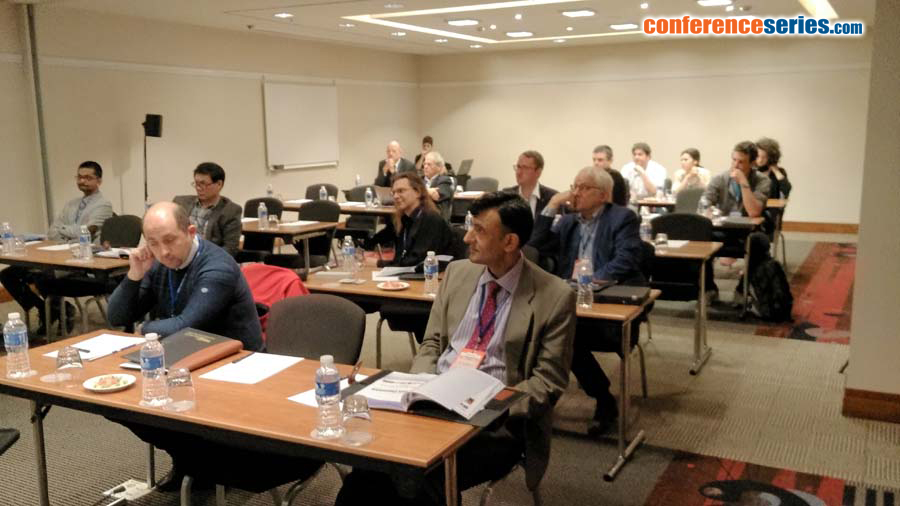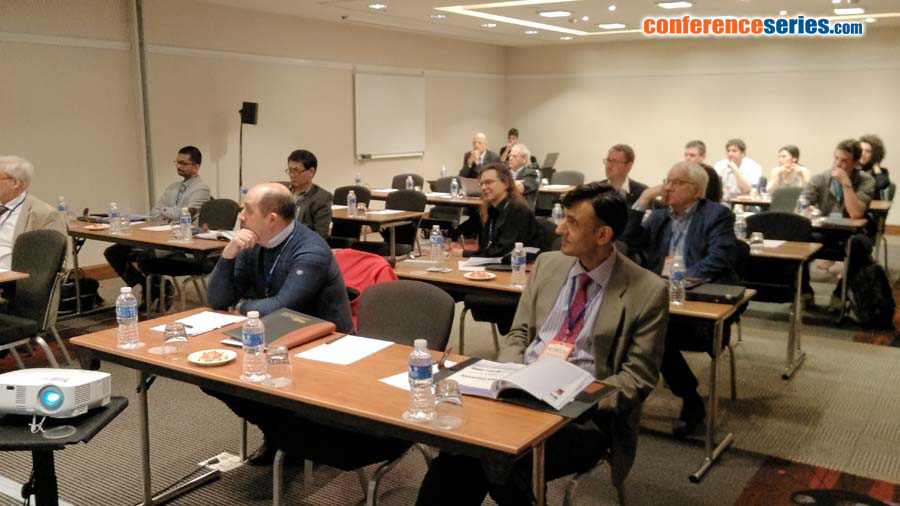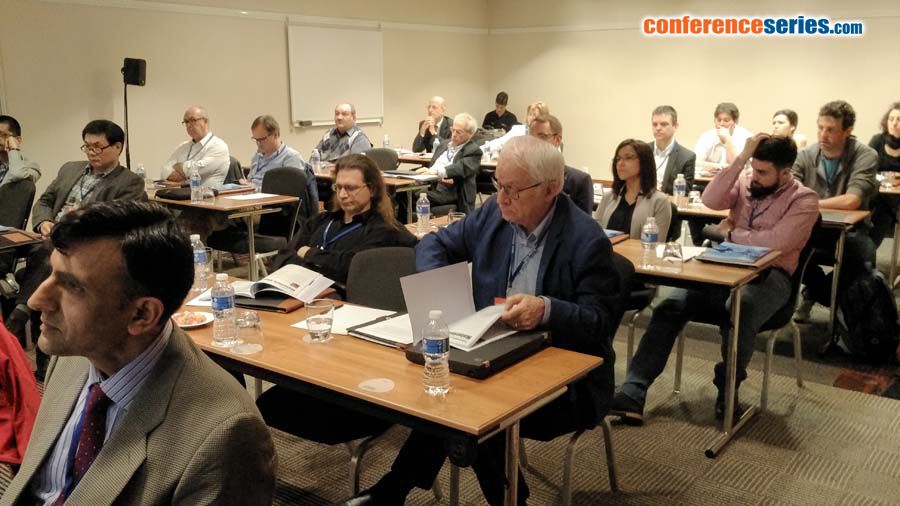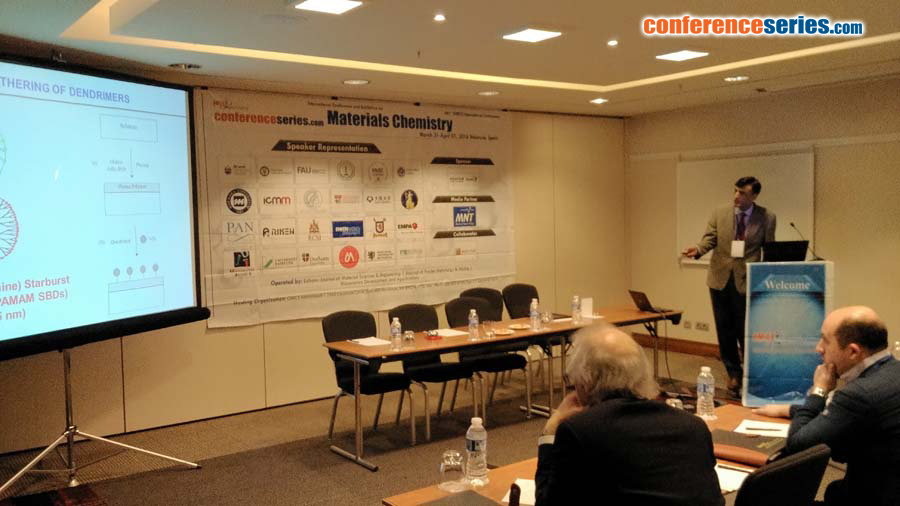
Biography
Biography: Jas Pal Badyal
Abstract
The worldwide market for functional surfaces exceeds $50 billion per annum (US Department of Energy). A key driver is the added value that can be imparted to commercial products by the molecular engineering of their surface properties. For example, the cleanliness of optical lenses, the feel of fabrics, the resistance of biomedical devices to bacteria, the speed of computer hard disks, and even the wear of car brake pads are all governed by their surface properties. The fabrication of such surfaces requires the incorporation of specific functional groups; for which there exists no shortage of potential methods including: self-assembled monolayers (SAMs), Langmuir-Blodgett films, dip-coating, grafting, chemical vapour deposition, to name just a few. However such techniques suffer from drawbacks including substrate-specificity (cannot be easily adapted to different materials or geometries) and environmental concerns associated with the utilization of solvents, strong acid/base media, or heat. Plasma surface functionalization is a promising alternative which offers a wide range of benefits including low energy consumption, absence of solvents, minimal waste, rapid treatment times, scalability, and ambient processing temperatures. The molecular tailoring of solid surfaces will be described including super-repellency, non-fouling, thermoresponsive, rewritable, opto-chiral, antibacterial, capture and release, and nano-actuation. The application of this research has led to 37 patent families and the establishment of 3 successful start-up companies (Surface Innovations Ltd, Dow Corning Plasma Ltd, and P2i Ltd).




